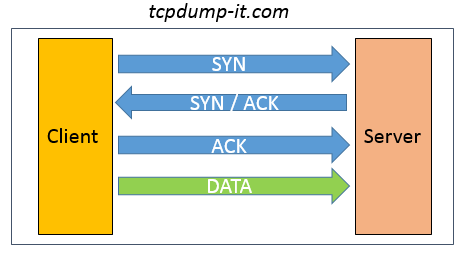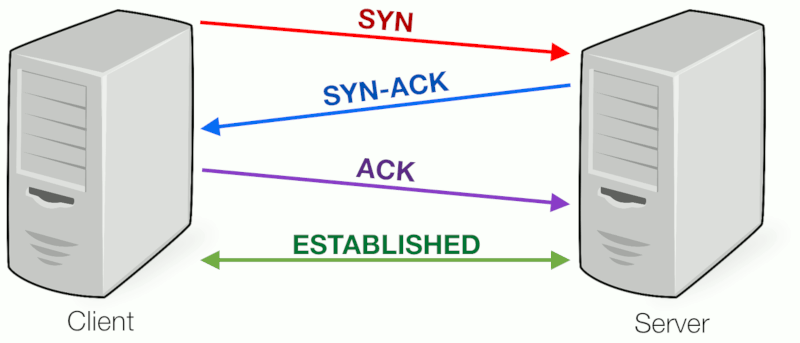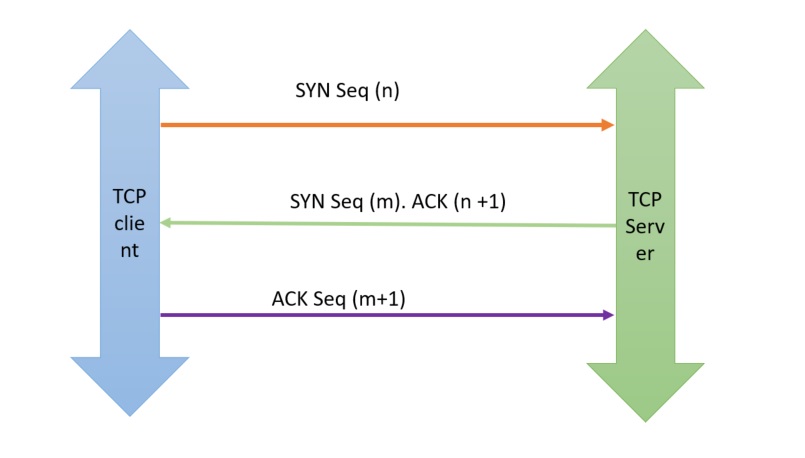

Required Resourcesġ PC (Windows 7, 8, or 10 with a command prompt access, internet access, and Wireshark installed) Part 1: Prepare Wireshark to Capture Packets If using a packet sniffer is an issue, the instructor may wish to assign the lab as homework or perform a walkthrough demonstration.

It is recommended that permission be obtained before running Wireshark for this lab. Instructor Note: Using a packet sniffer, such as Wireshark, may be considered a breach of the security policy of the school. This lab assumes that you have internet access. Note: This lab cannot be completed using Netlab. A PC can have multiple, simultaneous, active TCP sessions with various websites.

For example, when a PC uses a web browser to surf the internet, a three-way handshake is initiated, and a session is established between the PC host and web server. In this lab, you will use Wireshark to capture and examine packets generated between the PC browser using the HyperText Transfer Protocol (HTTP) and a web server, such as When an application, such as HTTP or FTP (File Transfer Protocol) first starts on a host, TCP uses the three-way handshake to establish a reliable TCP session between the two hosts. Part 2: Capture, Locate, and Examine Packets Background / Scenario Part 1: Prepare Wireshark to Capture Packets Instructor Note: Red font color or gray highlights indicate text that appears in the instructor copy only. 9.2.1.6 Lab – Using Wireshark to Observe the TCP 3-Way Handshake (Instructor Version)


 0 kommentar(er)
0 kommentar(er)
